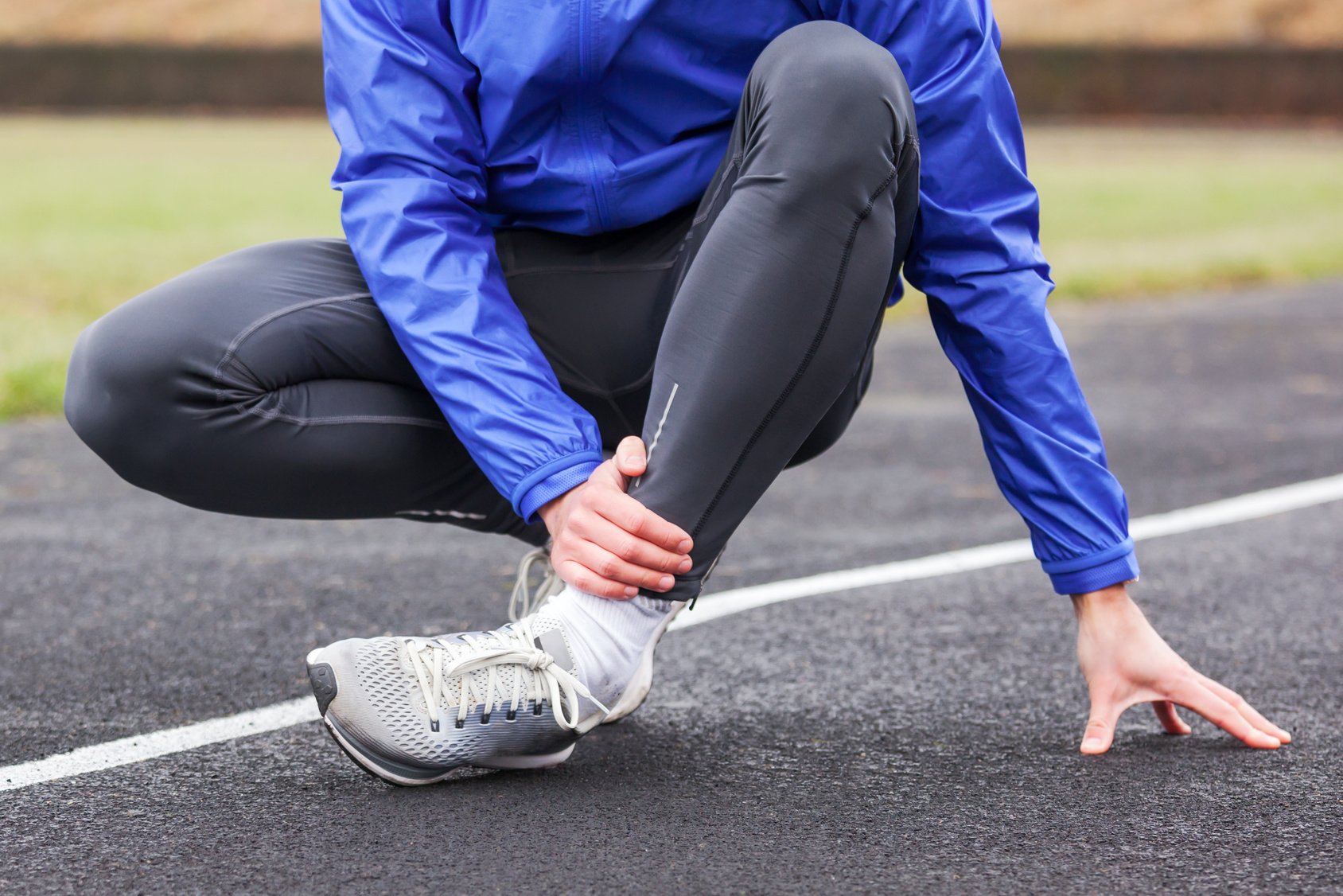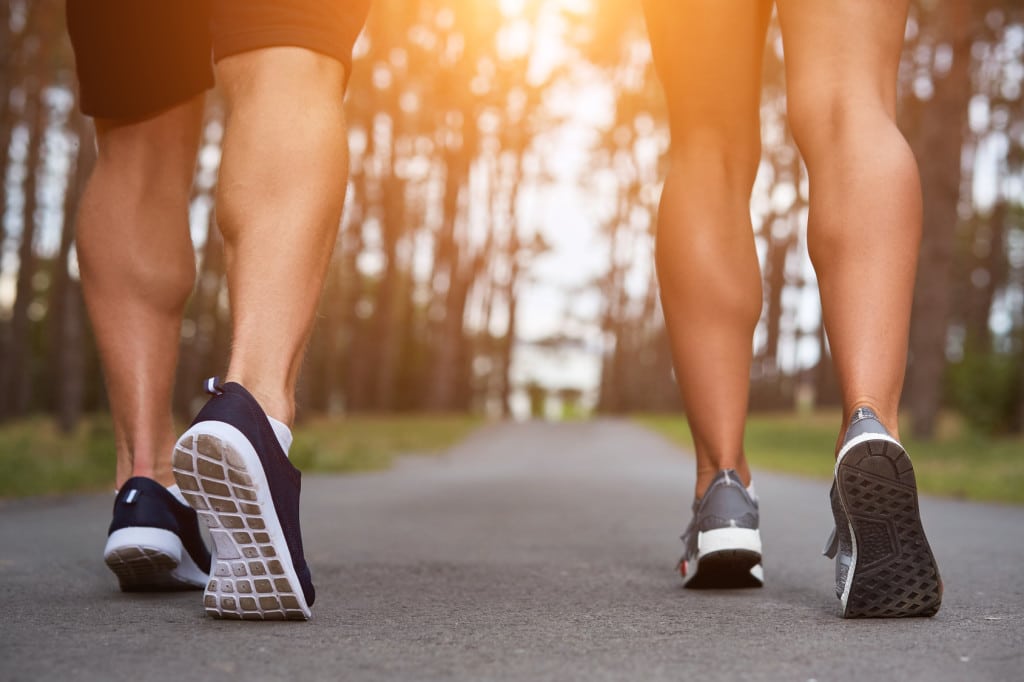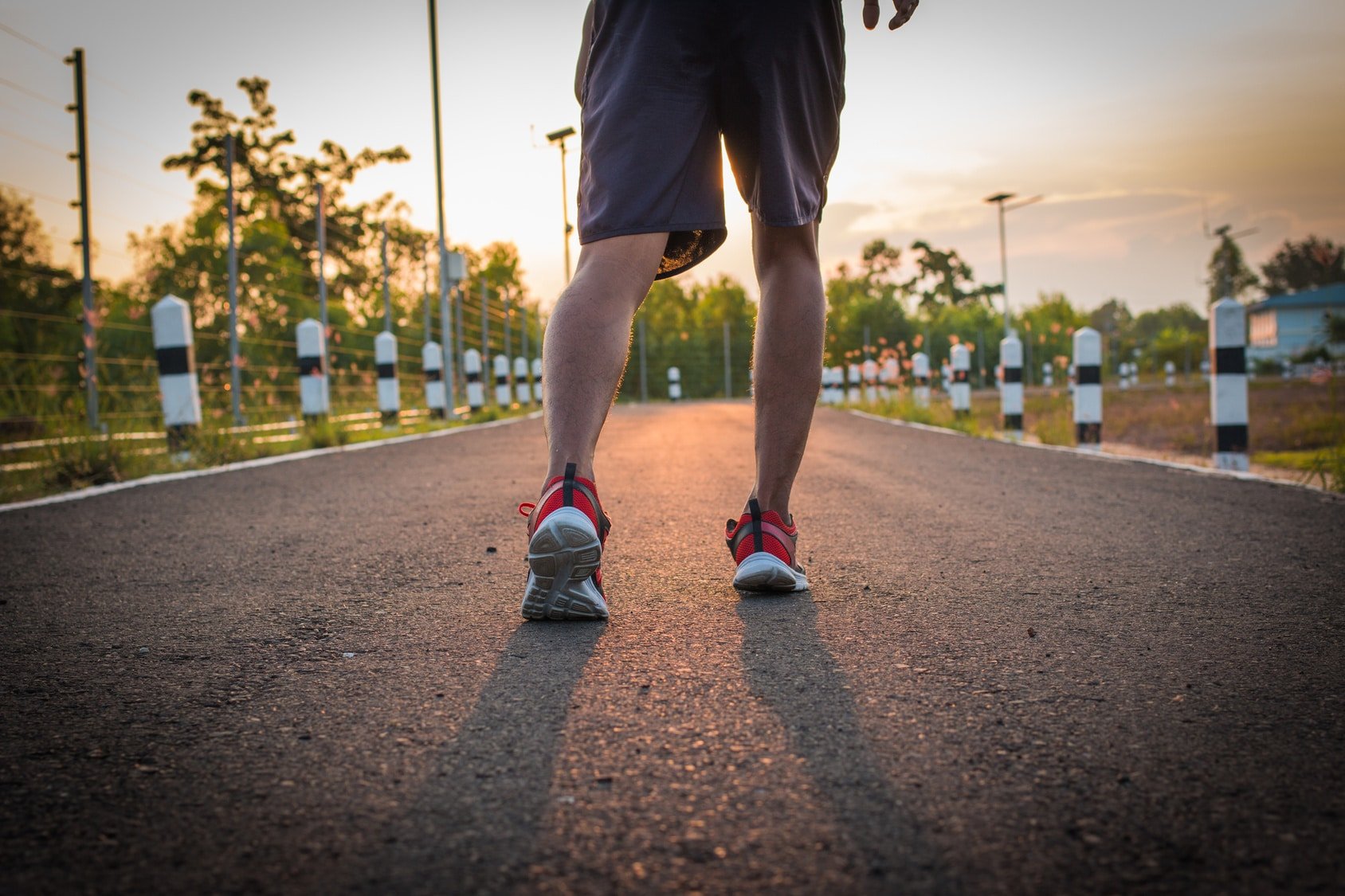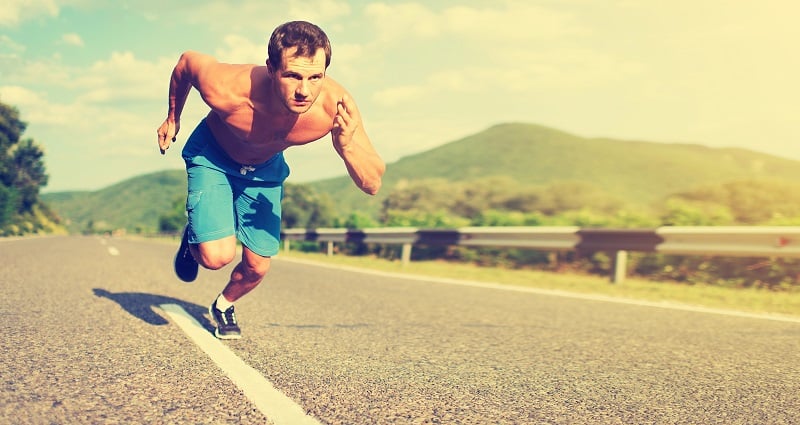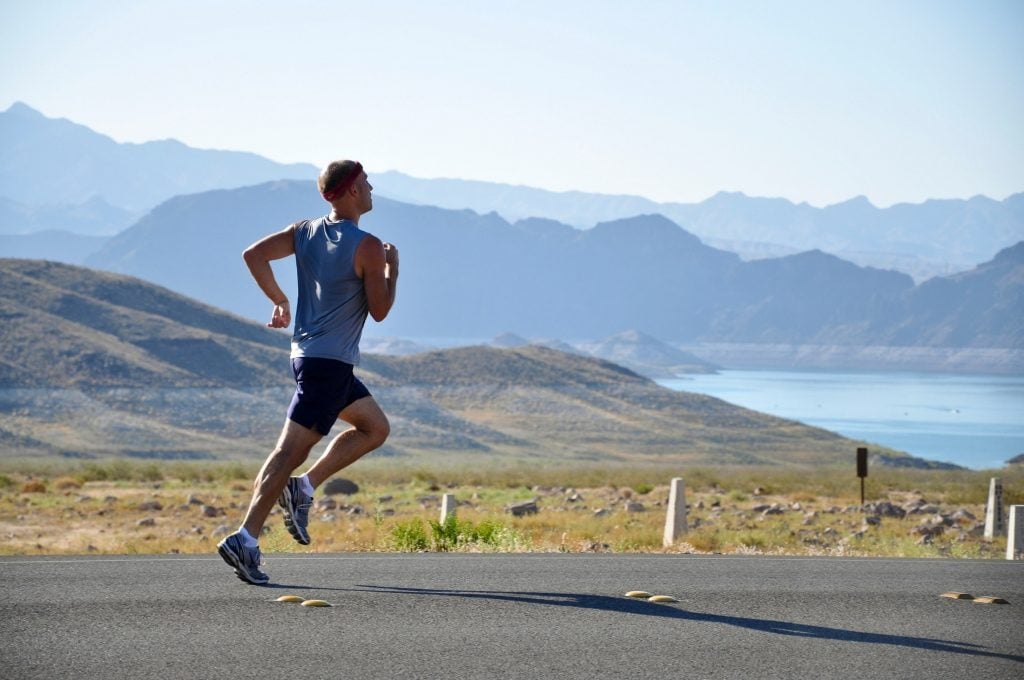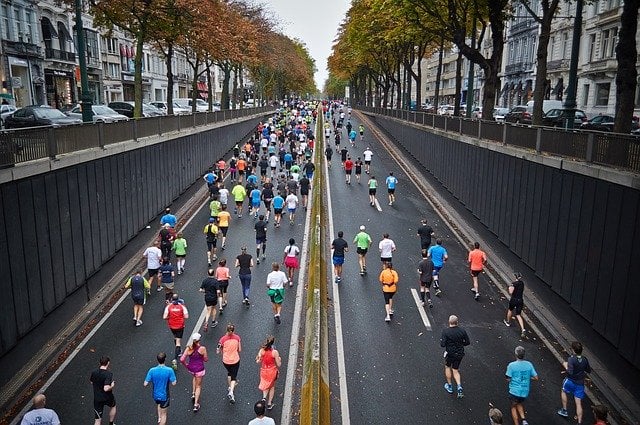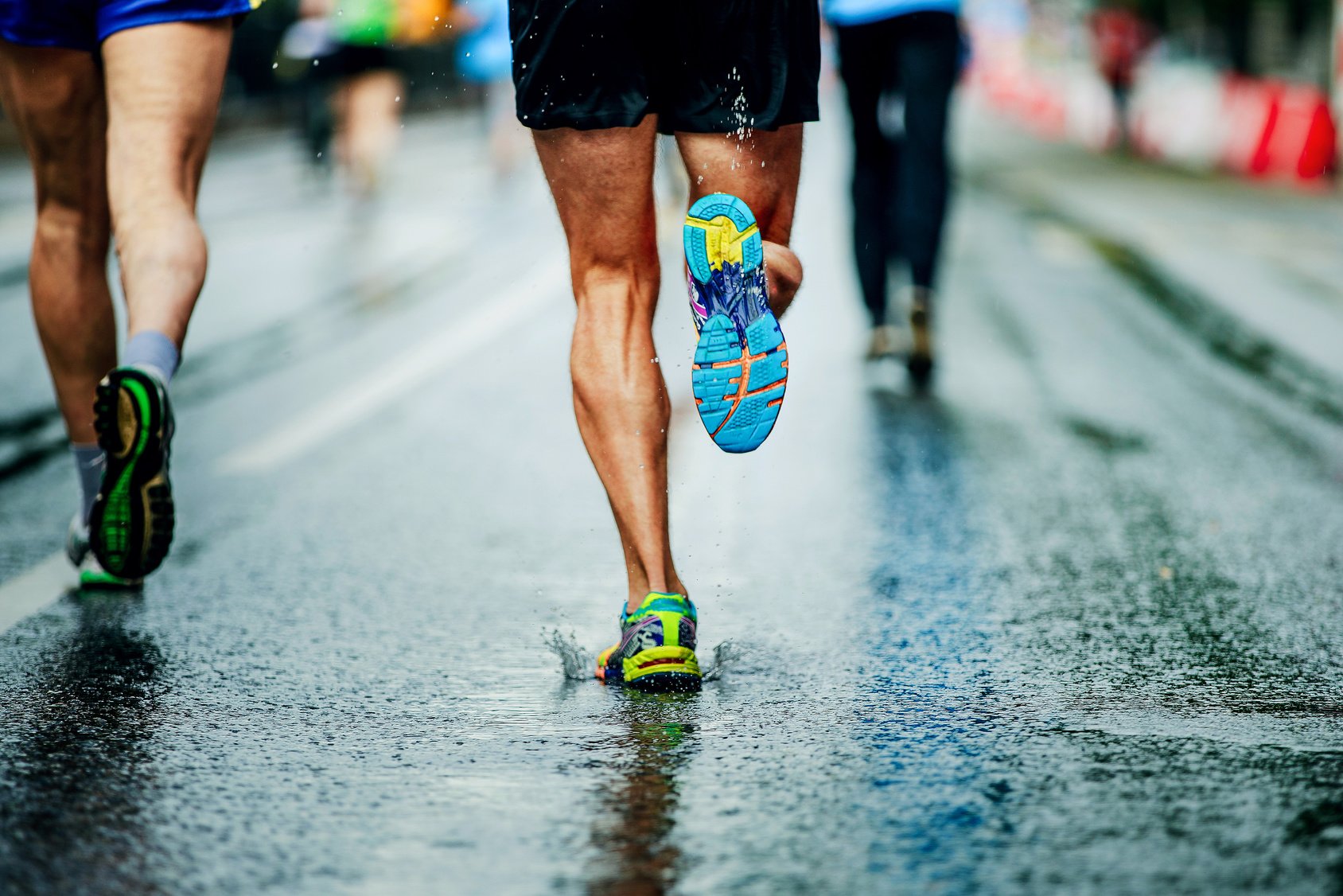If you’re a runner, you’re likely familiar with the pain of injuries. From the notorious shin splints and the dreaded runner’s knee to the stubborn Achilles tendonitis, these overuse conditions can be a real challenge. However, in addition to these chronic issues, runners also face acute injuries, and one of the most common among them is ankle sprains.
Ankle sprains are a frequent concern for runners of all levels, ranging from mild discomfort that eases after a few miles to severe pain that can limit mobility and disrupt your running routine. Understanding this injury while running is essential for every runner. It not only helps you manage the problem effectively but also enables you to take preventive measures.
In this comprehensive guide, I’ll delve into ankle sprains in runners, explaining their causes, treatment options, and prevention strategies. Whether you’re a beginner or an experienced runner, this article will equip you with the knowledge to handle ankle sprains effectively.
Let’s get started.
Brief Anatomy
Before we dive into the complexities of ankle sprains, let’s take a closer look at the anatomy of our ankles. Understanding this foundation will provide valuable insights into how to navigate potential issues.
Your ankle is a complex structure comprised of three key bones: the talus, fibula, and tibia. These bones play a crucial role in supporting your body weight and facilitating various movements. Additionally, on the inside and outside of the ankle, you’ll find two joint areas often referred to as “gutters.” These gutters contribute to the ankle’s flexibility and range of motion.
Surrounding these bones and joints, there’s a protective capsule that ensures stability while allowing for smooth movement. Furthermore, the synovium, a specialized tissue, plays a vital role by supplying blood and oxygen to the ankle, contributing to its overall health and function.
Now, let’s shine the spotlight on ligaments—the unsung heroes responsible for keeping everything in place. Ligaments are robust, fibrous tissues that connect bones to each other, providing essential stability to joints. In the case of the ankle, ligaments play a critical role in preventing excessive movement that could lead to injury.
The Mechanics Of Ankle Sprains
Let’s delve into the world of ankle sprains—an acute and sometimes troublesome injury that can afflict not only runners but also athletes involved in sports characterized by frequent jumping and sudden directional changes.
When it comes to ankle sprains, comprehending the mechanics behind them is crucial. If your foot tends to roll outward (a condition known as supination) during a run, you may be more susceptible to a lateral ankle sprain. This type of sprain often targets the anterior talo-fibular ligament. To reduce the risk, it’s essential to pay attention to your gait and make wise footwear choices.
Conversely, if your foot tends to roll inward (pronation) while the forefoot turns outward, you might be at risk of injuring the deltoid ligament. Such injuries can occur in situations like tripping and falling on another runner or having someone accidentally step on the back of your ankle, especially at the starting line of a race.
The Grades
Now, let’s focus on the ankle joint, the injured party. Among runners, Grades 1 and 2 sprains are the most common. Here’s a detailed breakdown:
Grade 1 Ankle Sprain:
Mild Stretching Starting with the mildest of the three grades, Grade 1 ankle sprains involve gentle stretching of the ligaments around the ankle without significant tearing.
It’s akin to a ligament sending you a subtle “stretch” or “strain” signal. Runners with Grade 1 sprains typically experience mild pain and discomfort but can usually bear weight on the affected ankle. Swelling and bruising are minimal, and recovery is relatively quick, ranging from a few days to a couple of weeks.
Grade 2 Ankle Sprain:
Partial Tear Moving up the scale, Grade 2 ankle sprains are more severe, featuring a partial tear of the ligaments, particularly the anterior talofibular ligament (ATFL). This grade is akin to a “battle scar” on the ligaments.
Runners with Grade 2 sprains often encounter moderate to severe pain and swelling, making weight-bearing challenging and limiting mobility. Bruising becomes more noticeable compared to Grade 1 sprains. Recovery for Grade 2 sprains takes several weeks to a few months, depending on the extent of the tear and adherence to treatment.
The Contributor Factors
Understanding the factors that increase the risk of ankle sprains is crucial in prevention. Here are some common contributors:
- Running on Uneven Surfaces: Running on trails, rocky paths, or cross-country courses with uneven surfaces can lead to missteps and ankle rolls, increasing the risk of sprains.
- Quick Changes in Direction: Sports that require sudden changes in direction, like soccer, basketball, and tennis, can strain ankle ligaments if not executed with proper form, leading to sprains.
- Tripping Hazards: Tripping over obstacles such as curbs, tree roots, or hidden rocks can cause sudden, awkward movements that strain the ankle ligaments.
- Improper Foot Striking: Missteps during running, particularly in high-impact activities, can result in awkward landings that increase the risk of ankle sprains.
- Inadequate Footwear: Shoes that lack support or do not fit well can compromise stability and contribute to ankle sprains.
- Awkward Landings: Encountering awkward landings during jumps or while navigating obstacles can stress the ankle and lead to sprains.
- Foot-Eye Coordination: Running safely requires good foot-eye coordination to navigate around potential tripping hazards like curbs and rocks.
- Fatigue and Overuse: Running or engaging in athletic activities while fatigued can lead to decreased coordination and balance, increasing the risk of missteps and ankle sprains.
A Widespread Injury
Ankle sprains are a prevalent injury that affects over 25,000 people every day, as reported by the American Academy of Orthopedic Surgeons.
And guess what? Runners are right there in the mix, tackling the roads and trails and facing a heightened risk of ankle sprains. According to a study in the “Journal of Orthopaedic & Sports Physical Therapy,” ankle sprains make up a significant percentage of injuries experienced by runners.
This study underscores that ankle sprains are a common challenge for individuals engaged in running as a physical activity.
Building on this, another research study in the “Journal of Athletic Training” highlighted that ankle sprains rank among the most frequent injuries encountered by long-distance runners.
The study emphasized the importance of preventive measures and raising awareness within the running community. So, here’s the truth—studies and research papers consistently show that ankle sprains are a notable part of the injury landscape for runners.
Symptoms of Ankle Sprains
Recognizing the symptoms of ankle sprains is important for timely and appropriate care. Here are the key signs to watch out for:
- Pain: The most immediate and noticeable symptom of an ankle sprain is pain in the injured area. This pain can range from mild to severe, depending on the extent of the injury.
- Bruising and Discoloration: You may observe bruising or skin discoloration around the affected ankle. This is a result of the trauma to the soft tissues and blood vessels in the area.
- Swelling: Ankle sprains often cause swelling in the injured area. This swelling can develop quickly after the injury and is a sign of inflammation.
- Reduced Range of Motion: A sprained ankle may become stiff, limiting your ability to move it through its normal range of motion.
- Tenderness: The injured area may be tender to touch, and you might experience pain when pressure is applied.
- Instability: In more severe cases, the ankle may feel unstable or unable to bear weight properly. This can be a sign of a significant ligament tear.
If you experience these symptoms, it’s important to seek medical attention. Ankle sprains can vary in severity, and appropriate diagnosis and treatment are crucial for recovery. Mild sprains may require rest and home care, while more severe sprains might need medical intervention.
How To Treat Ankle Sprains
Treating an ankle sprain involves several steps aimed at reducing pain and swelling, and promoting healing. Here’s a straightforward approach:
- Ice Therapy: Apply an ice pack to the injured ankle for 15 to 20 minutes, three to four times a day. This helps in reducing swelling and numbing the pain. Make sure to wrap the ice pack in a cloth to protect your skin.
- Compression: Use an elastic bandage to wrap the injured ankle. This provides support and helps in keeping the swelling down. Ensure the bandage is snug but not too tight to cut off circulation.
- Elevation: Elevate your injured foot above the level of your heart, especially when resting or sleeping. This position helps in reducing swelling by improving circulation and drainage of fluids.
- Physical Therapy: Engaging in a focused physical therapy program is crucial. This involves exercises to reduce pain and inflammation, improve range of motion, strengthen muscles around the ankle, and retrain proprioception (the ankle’s sense of position).
Physical therapy is an essential component of recovery, especially for runners who need to regain full function and prevent future injuries. A licensed physical therapist can provide a personalized program based on the severity of your sprain.
In addition to these steps, considering dietary supplements like Joint Genesis can be beneficial, as it helps to reduce inflammation, stiffness, and discomfort. Joint Genesis is focused on enhancing joint health by replenishing hyaluronan, a vital molecule for maintaining healthy joints. This can be particularly helpful in supporting joint recovery and health as we age.
If pain and swelling persist or worsen, it’s important to seek medical attention. Ankle sprains can vary in severity, and more significant injuries may require additional treatments like bracing or, in rare cases, surgery.
Remember, early and appropriate treatment of ankle sprains is key to a quick and effective recovery, allowing you to return to running safely.
The Recovery Time
The recovery time for an ankle sprain varies based on the severity of the injury. Generally, if the pain and symptoms persist beyond two weeks, it’s important to consult a physician. They can assess the injury’s extent and recommend the appropriate course of action for healing.
In some cases, your doctor may suggest additional support measures to aid in recovery, such as:
- Ankle Taping: This provides extra support and stability to the injured ankle, helping to protect it from further injury.
- Use of An Air Cast or Ankle Brace: These devices act as a protective shield, allowing for a safer and more controlled return to running. They can help in speeding up the recovery process and offer peace of mind as you gradually resume your activities.
However, it’s crucial to follow a key guideline before returning to running: ensure that your ankle has fully recovered. This means:
- Pain-Free Movement: You should be able to run without experiencing pain in the ankle. Running through pain can worsen the injury and prolong recovery.
- Full Range of Motion: Your ankle should have regained its natural flexibility and range of motion. This is essential for safe and effective running.
Rushing back into running before your ankle is fully healed can lead to re-injury and long-term problems. Listen to your body and your physician’s advice, and only resume running when you have met these specific recovery criteria.
When to Seek Medical Help
It’s important to know when to seek medical help for an ankle sprain to ensure you receive the proper diagnosis and treatment. While many sprains are manageable with home care, there are certain situations where seeing a healthcare professional is necessary:
- Severe Pain and Swelling: If you experience intense pain, significant swelling, or bruising that doesn’t improve with rest and home treatments, you should consult a doctor.
- Inability to Bear Weight: If you cannot put weight on the injured ankle, or if it feels unstable, this could mean a more severe ligament injury or other related issues. In such cases, a medical evaluation is key.
- Persistent Symptoms: If symptoms continue or worsen despite initial home care, seek a professional evaluation. This could indicate delayed healing or other complications.
- Numbness or Tingling: Tingling or numbness in the foot or toes requires medical attention. These sensations could suggest nerve involvement or circulation issues.
- History of Ankle Injuries: If you have a history of ankle sprains or ongoing instability, consult a healthcare provider. Repeated sprains may lead to chronic conditions that require specialized treatment.
- Fracture Concerns: If you suspect a fracture (for instance, if you heard a crack during the injury or there’s severe deformity), seek immediate medical attention. Ankle fractures require specific treatments such as casting or surgery.

